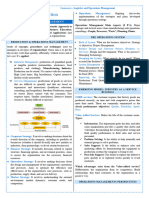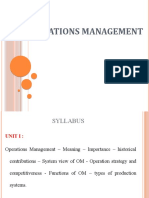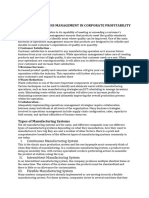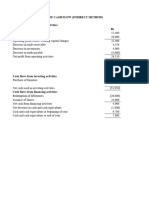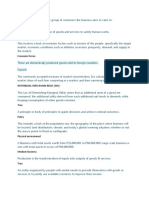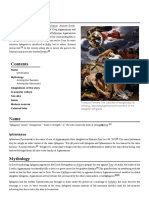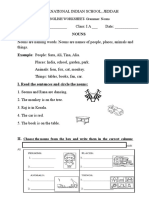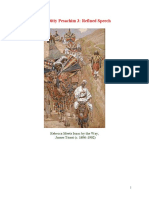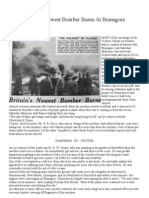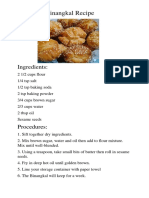0% found this document useful (0 votes)
34 views4 pagesMBA Operations Interview QA
The document provides a series of interview questions and answers related to MBA Operations Management, covering topics such as the definition of Operations Management, differences between related fields, and key concepts like Lean Manufacturing and Supply Chain Management. It also discusses personal motivations for choosing Operations Management, various management techniques, and the impact of technology on operations. Overall, it serves as a guide for candidates preparing for interviews in this specialization.
Uploaded by
POOJA DHAKANECopyright
© © All Rights Reserved
We take content rights seriously. If you suspect this is your content, claim it here.
Available Formats
Download as DOCX, PDF, TXT or read online on Scribd
0% found this document useful (0 votes)
34 views4 pagesMBA Operations Interview QA
The document provides a series of interview questions and answers related to MBA Operations Management, covering topics such as the definition of Operations Management, differences between related fields, and key concepts like Lean Manufacturing and Supply Chain Management. It also discusses personal motivations for choosing Operations Management, various management techniques, and the impact of technology on operations. Overall, it serves as a guide for candidates preparing for interviews in this specialization.
Uploaded by
POOJA DHAKANECopyright
© © All Rights Reserved
We take content rights seriously. If you suspect this is your content, claim it here.
Available Formats
Download as DOCX, PDF, TXT or read online on Scribd
/ 4



